The Gregorian calendar, which has 365 days and 12 months in a year, and leap years on top of that, is used for most things in the world. The year finishes on December 31 and starts on New Year’s Day, January 1. However, some cultures also observe New Year’s Day later in the calendar year. These cultures use hybrid calendars, including solar, lunar, and others, to keep time.
24 Different New Year’s Day Celebrations Around the World
1. Chūn jié (Chinese New Year)
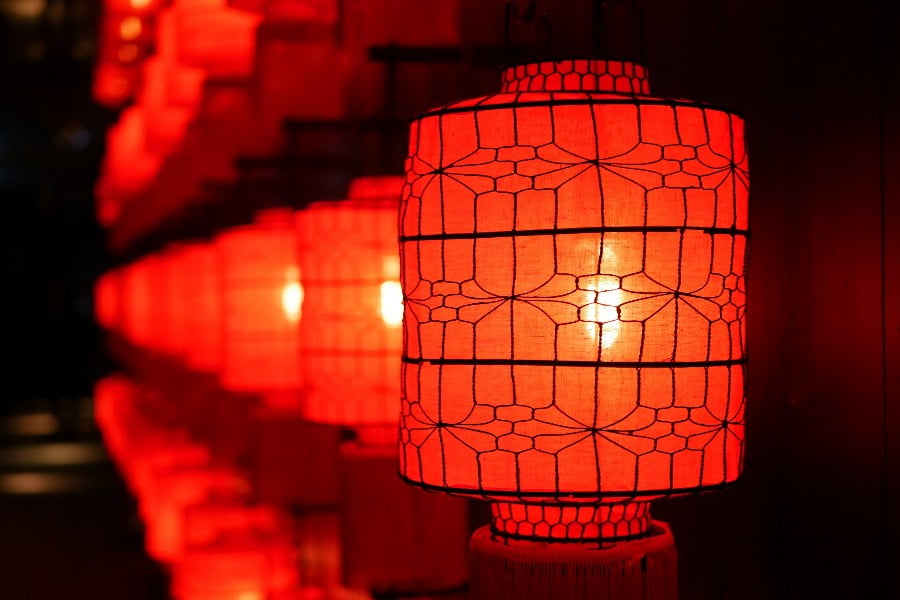
The Chinese New Year is celebrated on a different day each year, usually falling between January 21 and February 21, depending on the timing of the first lunar month’s new moon. Chinese New Year, also known as the Spring Festival or Lunar New Year, marks the start of the spring harvest season. Although the celebration lasts longer than two weeks, the official holiday is only seven days long. More specifically, the 15-day festival starts on the eve of the lunar new year.
2. Seollal (Korean New Year)

The Lunar New Year serves as New Year’s day for several south-east Asian civilizations. However, the manner in which each subculture celebrates the day varies. Families in Korea celebrate a three-day holiday around the New Year to give appreciation for the fruitful year that has passed. Many people dress up in vibrant attire called hanbok and participate in the traditional tea-offering rite known as charye.
3. Nyepi (Balinese New Year)
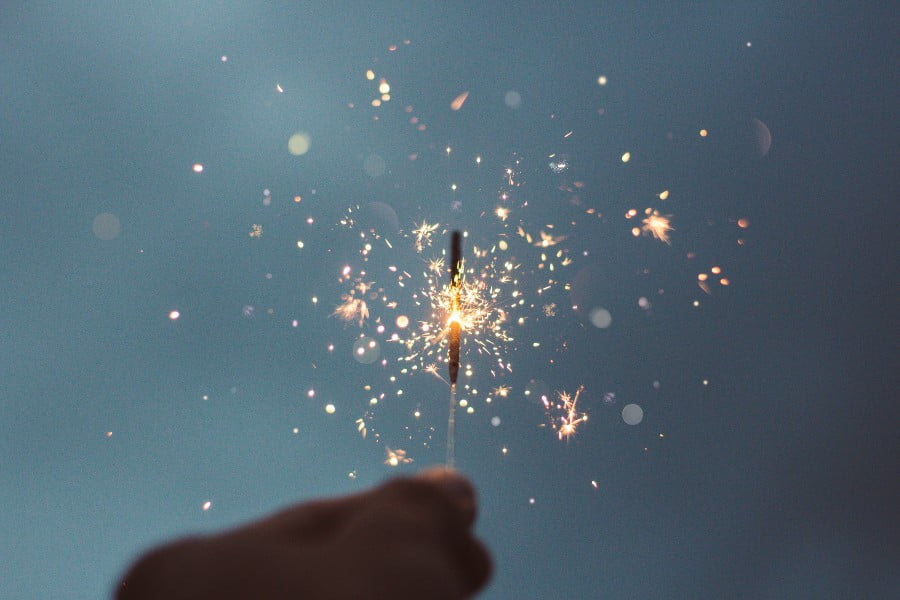
The first day of the lunar-based Saka Calendar marks the Balinese New Year. In contrast to other cultures, which ring in the new year with exuberance, Nyepi is a day for introspection and repose. On this day, the majority of the island is closed, with the exception of hospital emergency rooms. But on New Year’s Eve, huge fire rituals take place all across the city.
4. Nowruz (Iranian New Year)
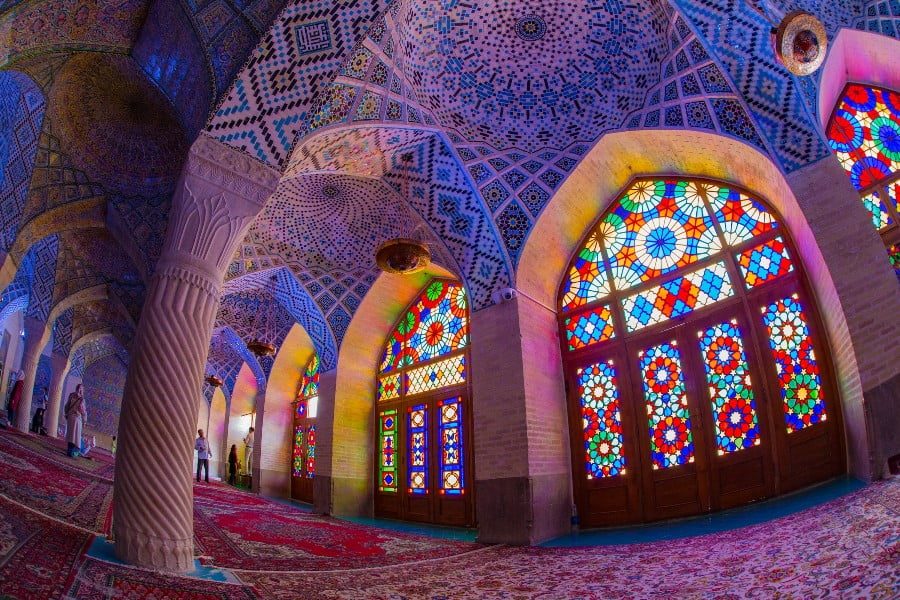
The Persian word Nowruz means ‘new day’ in Persian. Nowruz is traditionally celebrated with delicacies like baklava and a special noodle soup. Iranians, among other cultures, place a mirror on the table as a reminder to think back on the previous year. The “haft-seen” table, which consists of seven items beginning with the letter S, is prepared by family members in advance of the celebration. Fruits or spices can be among these goods. They stand for patience, age, love, the dawn, and the sun.
5. Ugaadhi (Telegu and Kannada New Year)

According to the lunar-based calendar, the southern Indian states of Karnataka, Telangana, and Andhra Pradesh celebrate Ugaadhi. New clothes, sweets, and fireworks are used to commemorate the day. The most well-known snack is the Ugaadhi Pachadi, a side dish or standalone mango sweet and sour chutney. This day also coincides with the New Year’s celebrations for Gudi Padwa (in Maharashtra) and Cheti Chand (among Sindhi-speaking Indian groups).
6. Aluth Avurudda (Sinhalese New Year)
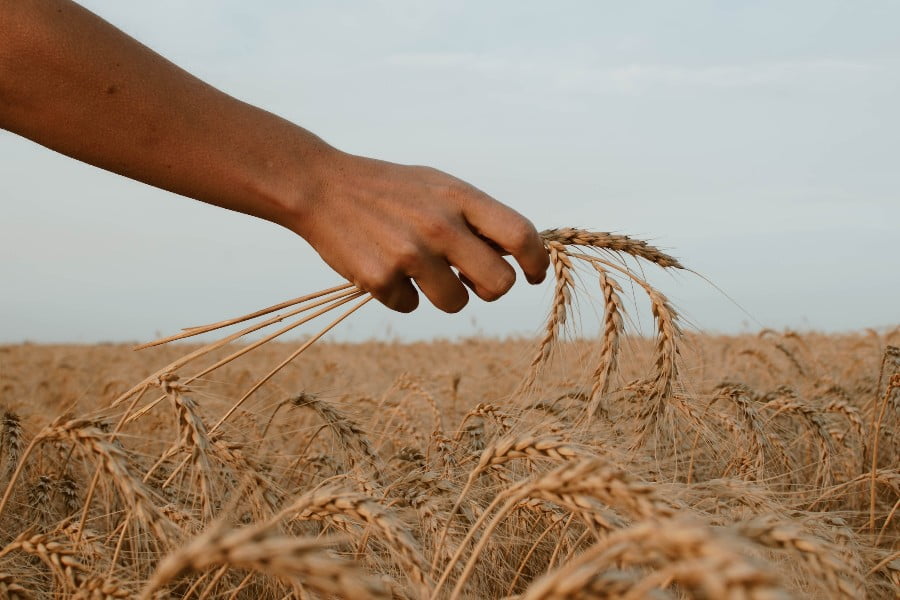
Aluth Avurudda signifies the conclusion of the harvest season, in contrast to other cultures where New Year’s Day ushers in the harvest. It also falls on one of the two occasions when the sun rises straight over Sri Lanka. On this day, locals throw open their front doors to welcome visits from friends, family, and even complete strangers. Several tropical plantain meals and the making of miniature oil cakes called kavum are also popular during the celebration.
7. Chol Chnam Thmey (Cambodian New Year)
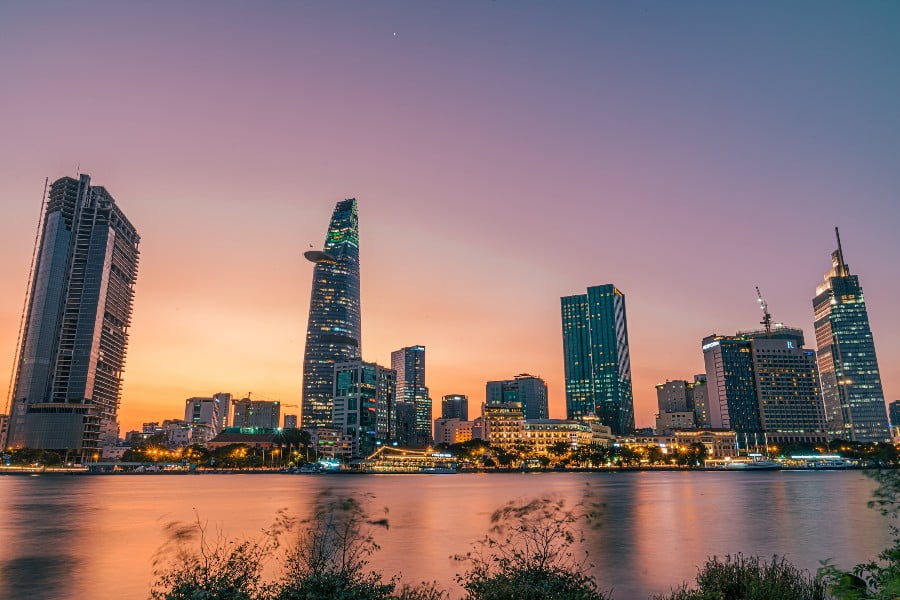
April 13–15 are dedicated to purifying rituals, temple visits, and playing traditional games with family and friends in Cambodia and a small community in Vietnam for celebrating their new year.
8. Puthandu (Tamil New Year)

The first month of the Tamil solar calendar is dedicated to the Tamil New Year or Puthandu. Tamilians prepare a tray of items on the last day of the previous year, including mango, banana, jackfruit, areca nuts, betel leaves, gold or silver jewellery, money, a mirror, rice, coconut, and flowers. When folks awaken the following morning, they indulge in the ritual of viewing the tray. Following a bath, celebrants visit temples to ask for blessings.
9. Diwali (Marwari and Gujarati New Year’s Day)
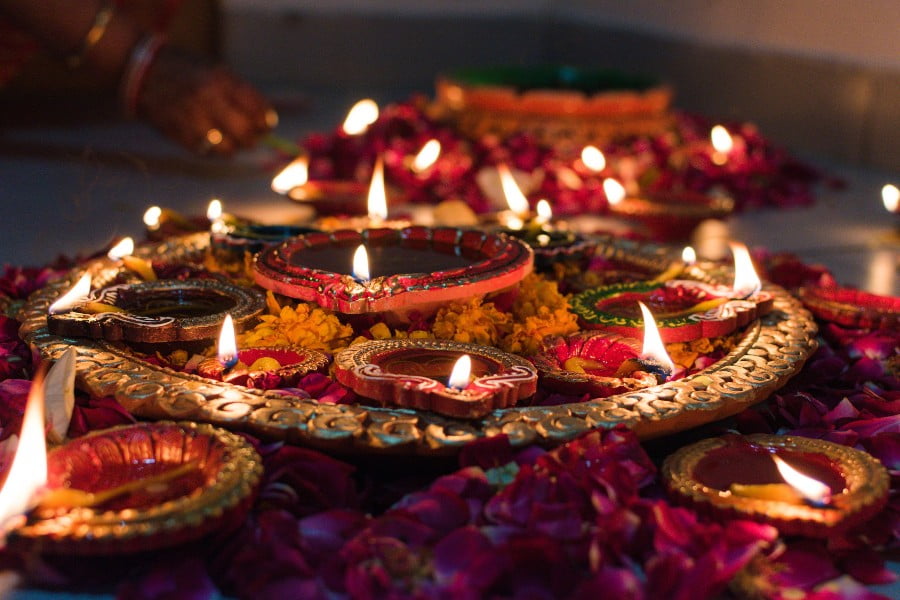
While Hindus, Sikhs, and Jains all across the world celebrate Diwali, the Festival of Lights, Diwali also signifies the beginning of the new year for the Marwari and Gujarati populations in North India. These groups commemorate the day by giving thanks to Lakshmi, the goddess of wealth and prosperity.
10. Eastern Orthodox Church New Year
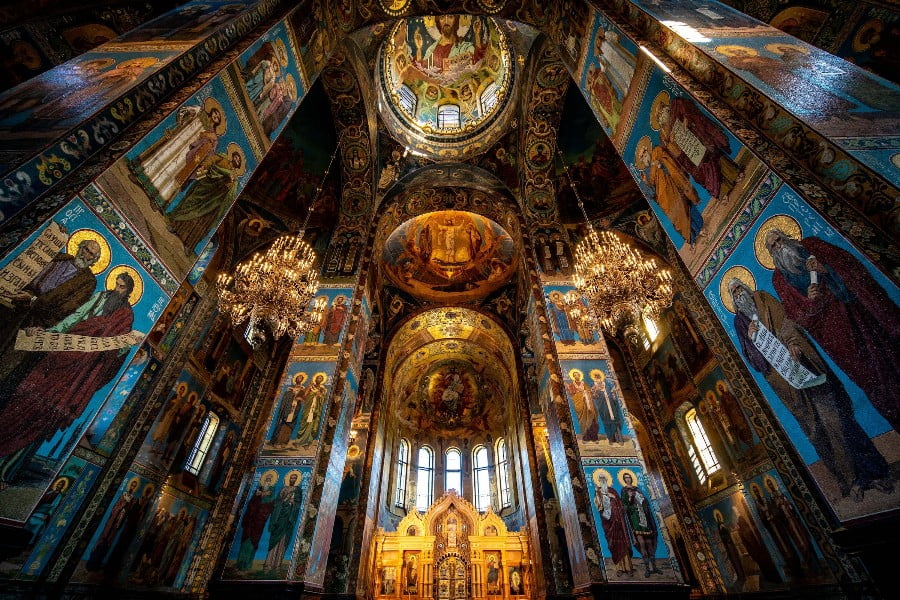
Orthodox Christians commemorate the Julian New Year in a manner similar to the Gregorian New Year celebrations, which include entertainment, fireworks, a lot of drinking, and a lot of food. Eaten with a coin inside, homemade pita bread is customary in Macedonia. The next year is said to be lucky for whoever finds the coin.
11. Rosh Hashanah (Jewish New Year)
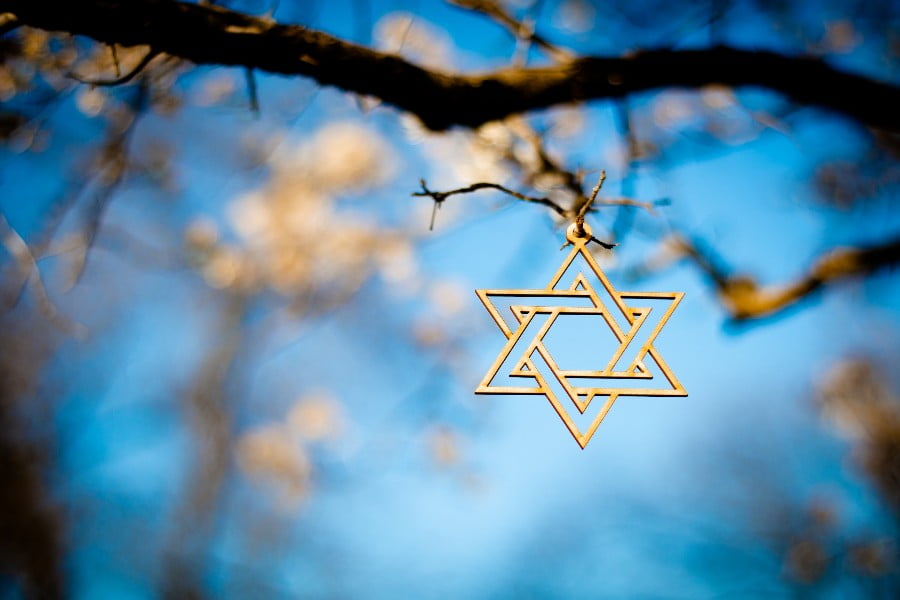
A two-day celebration called Rosh Hashanah marks the conclusion of Creation’s seven-day period as described in the Book of Genesis. The ceremonies of the occasion are carried out both in quiet reflection and with pomp. Jews believe that when the universe was first created, God had not yet decided what would become of mankind. Jewish people undertake peaceful observance, to allow God to decide their fate for the coming year. During Rosh Hashanah, religious Jews attend synagogue services, take the day off work, and travel to a body of water nearby to perform a ritual known as Tashlich to purge themselves of the sins of the previous year.
12. Raʼs as-Sanah al-Hijrīyah (Islamic New Year)
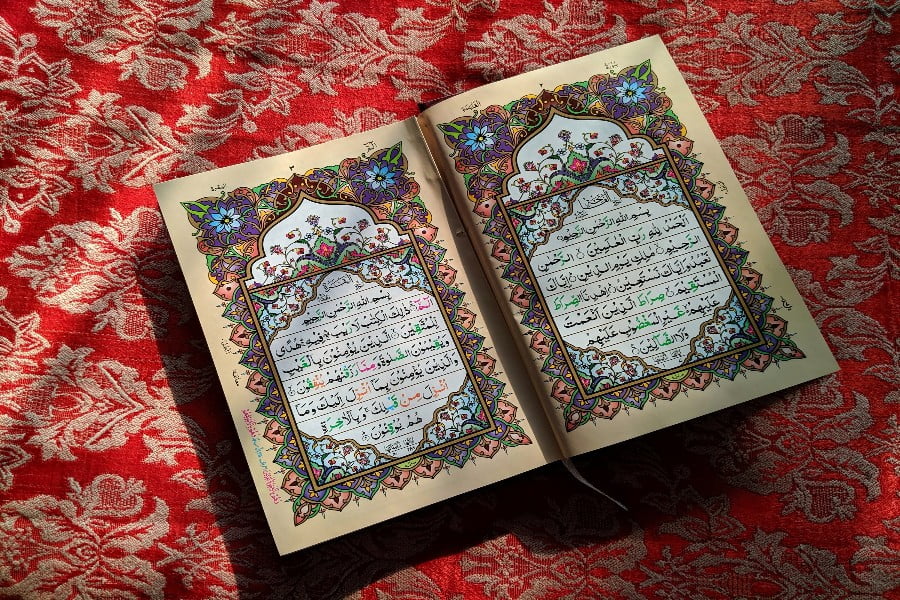
Muharram, the first month of the Muslim calendar, officially begins on the first day of the Islamic New Year. It commemorates the prophet Muhammad’s journey from Mecca to Medina. This New Year’s Day is particularly special since every day in the Muslim calendar begins at sunset and the first appearance of the moon ushers in the New Year. The two biggest sects of Islam, Shiite and Sunni, mark the occasion and the holy month of Muharram in different ways. While Sunnis observe a fast in remembrance of Moses’ triumph over an Egyptian pharaoh, Shiite pilgrims travel to their holy locations to commemorate a war from the seventh century.
Read also – 47 Crazy Facts about Carrots
13. Vikram Sawant (Hindu New Year)
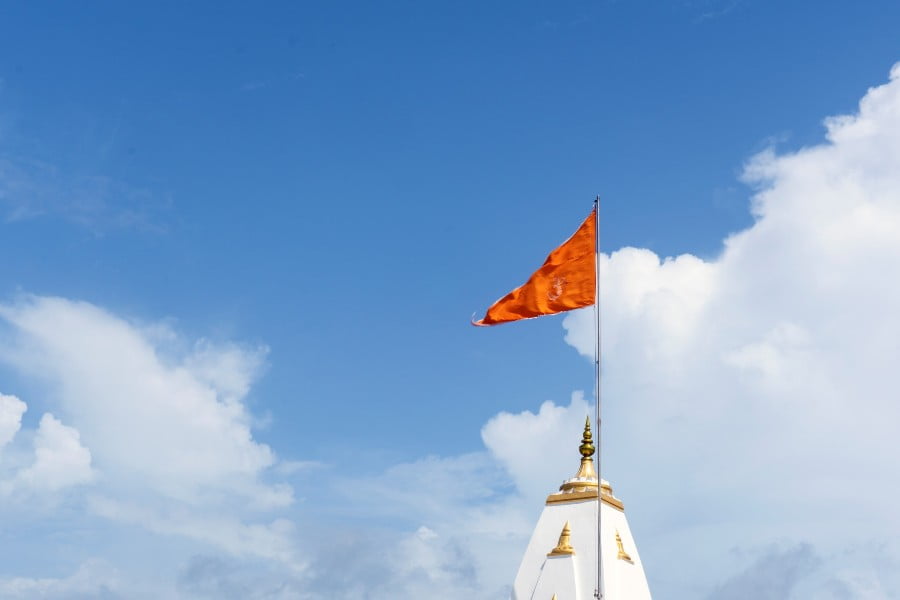
India is a diverse nation with many different dialects, languages, and religions. The new year’s day and customs are not the same for all Hindu populations globally. In truth, the Hindu calendar has at least three similar new year’s days. Although the new year’s dates vary, many fall in March and April. Some of the rituals include giving and receiving gifts, donning new attire, burning oil lamps, and adorning the home with flowers.
14. Kha b’ Nissan (Assyrian New Year)

Kha b’ Nissan, which translates to “First of April,” is a spring festival honouring nature’s rebirth. Celebrants dance in parks while donning traditional Assyrian attire during the occasion. Diqna d’ Nisan, or “Beard of April/Spring,” is one of the traditions that involve Assyrian girls picking flowers and herbs to be hanged from roofs.
15. Aboriginal Murador New Year
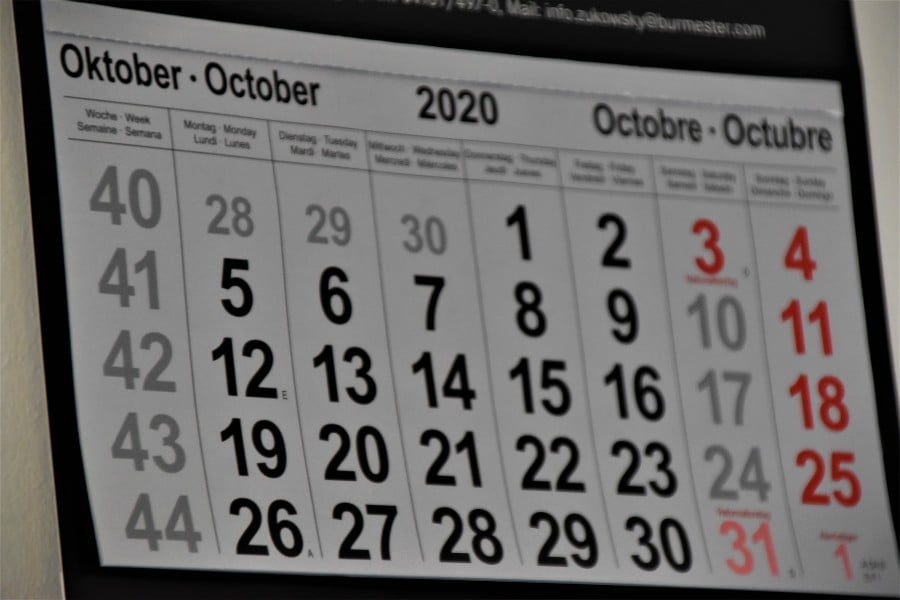
The Murador tribe of Western Australia celebrated New Year’s Day on October 30, which is the same date as the Gregorian calendar. It was a significant day in the tribe’s calendar since it symbolised a time for amity, rapprochement, and expressing thanks for the previous year. Although the Murador tribe is now extinct, their culture is preserved through relics and texts.
16. Songkran (Thai New Year)
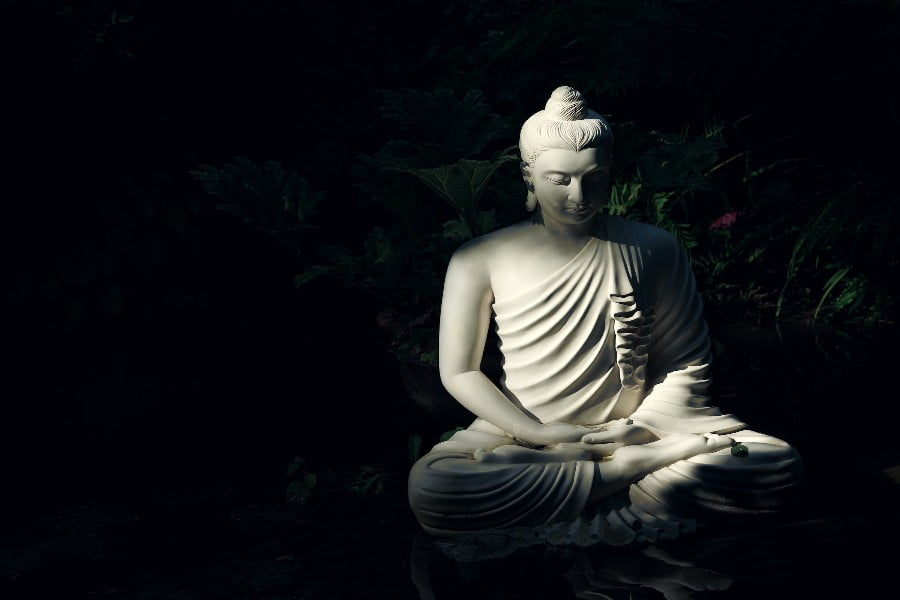
The Thai New Year, Songkran, is celebrated from April 13 to April 15. In Sanskrit, the word “Songkran” signifies “passing” or “approaching.” Water is thrown on each other during the celebration as a sign of optimism and a request for rain. For luck and wealth, Buddha statues and images are also washed.
17. Enkutatash (Ethiopian New Year)
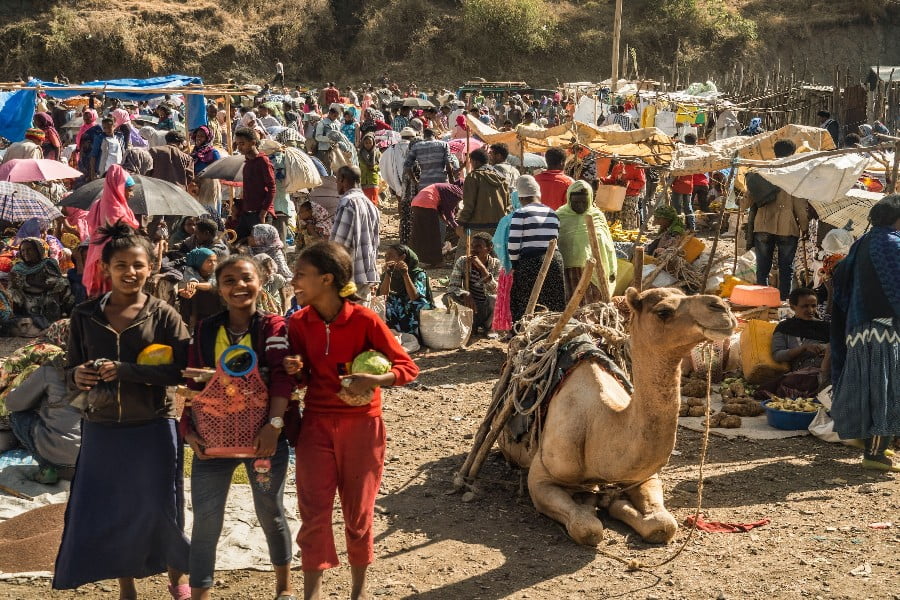
Enkutatash, the name of the Ethiopian New Year, meaning “the gift of gems” marks the beginning of the Spring Festival. Ethiopians celebrate the new year by singing traditional songs and exchanging floral bouquets.
18. Gregorian New Year

In a wide range of nations that use the Gregorian calendar, New Year’s is one of the most looked forward to holidays. On December 31, the eve of the new year, the majority of celebrations take place, with many people spending the evening with family and friends at house parties, galas, and upscale eateries. The culmination of New Year’s festivities is the countdown to the stroke of midnight to usher in January 1 and often includes viewing fireworks or the ball drop outside or from the comfort of home on television.
19. Novy God (Russian New Year)
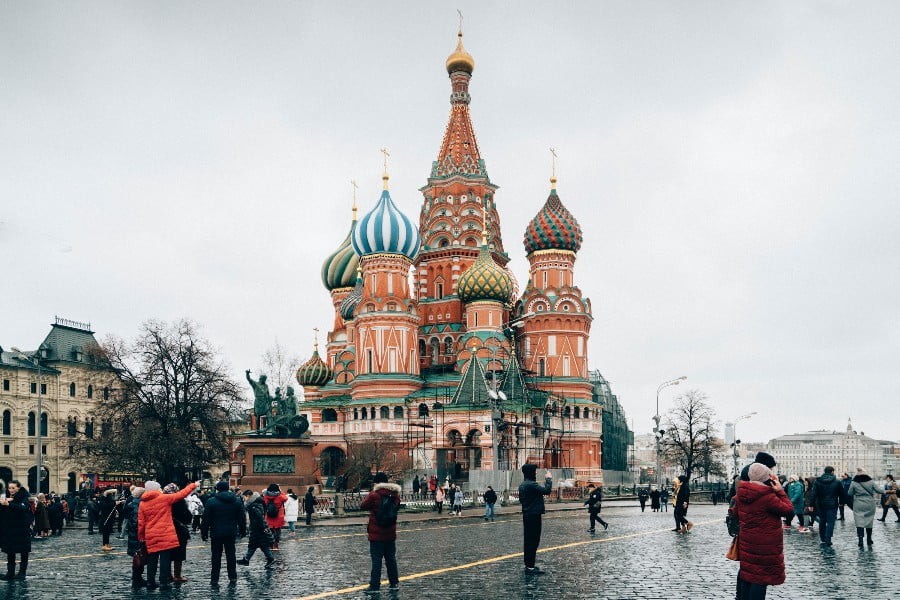
Even though it coincides with the Gregorian New Year, Novy God is a quite different festival that is mostly observed in Russia. Russians switched the customs of Christmas to the Novy God new year celebration when Christmas was eliminated from the calendar during the Soviet era. In Russia, people celebrate New Year’s Eve by eating, drinking, and visiting neighbours all night long. Ded Moroz, sometimes known as Father Frost, is a bearded man in a red outfit who leaves gifts for kids as they awaken in the morning. Herring, pickles, stuffed cabbage, and tortes are only a few of the numerous meal courses and salads served during this festival, which is similar to other Russian feasts.
20. Shōgatsu (Japanese New Year)
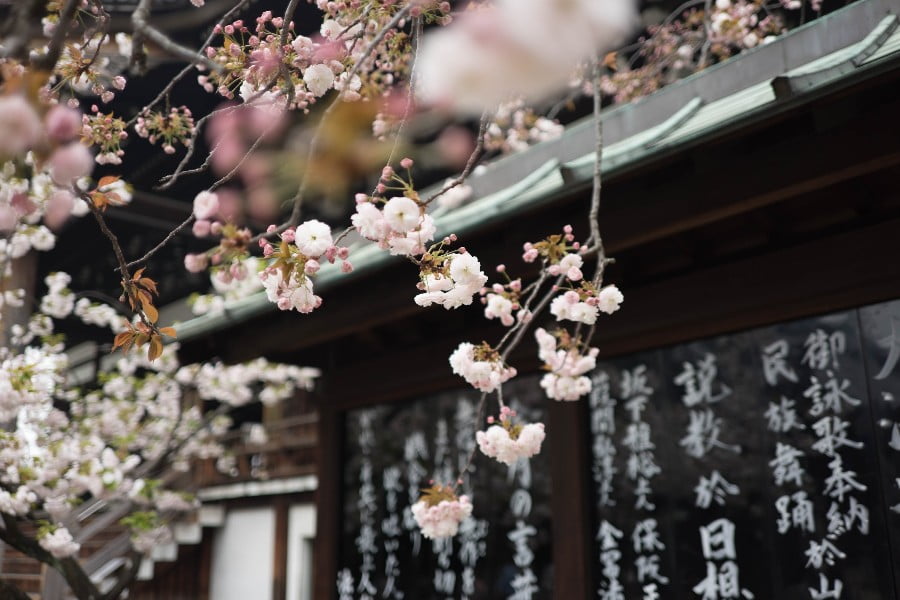
The Japanese New Year falls on January 1st, just like the Gregorian New Year. Shgatsu, the new year’s celebration, involves a feast of various traditional cuisines. For instance, the Japanese enjoy buckwheat noodles, which stand for longevity, on the eve of the New Year. Osechi ryori, a variety of colourful dishes packaged in unique boxes called jubako, prawns, and rice cakes are examples of traditional foods.
21. Tết (Vietnamese New Year)

Tết is regarded as the most significant holiday in Vietnamese culture. Vietnamese people welcome the new year at the stroke of midnight by lighting firecrackers and beating drums. Family members honour their departed ancestors by lighting incense and placing offerings on the home altar each day during the week leading up to the new year.
22. Thingyan (Burmese New Year)

The Burmese celebrate the new year by engaging in a number of water-related activities, such as shooting water cannons at one another, throwing buckets of water, and pouring water from silver vessels. This water craze lasts for three to four days and ends at precisely 6:30 PM, just in time for dinner and a night of partying.
23. Tsagaan Sar (Mongolian New Year)

The 15-day Tsagaan Sar festival marks the beginning of the Mongolian calendar. During this time, family reunions, debt payments, and conflict resolutions take place. People engage in traditional activities such as storytelling, eating traditional foods, playing games, and dressing in traditional garb.
24. Igbo New Year (Nigerian New Year)
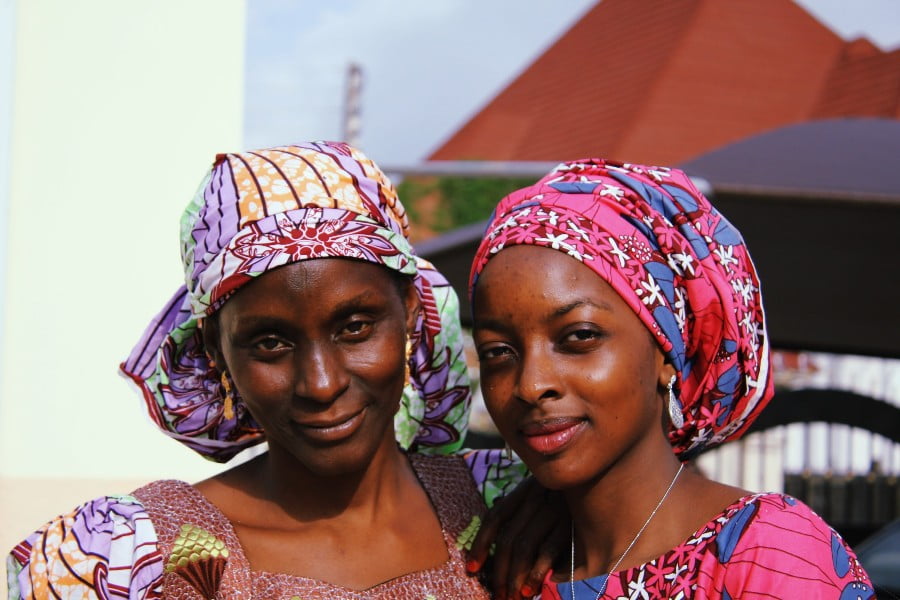
The Igbo new year starts in February, the same month that Asian civilizations like Chinese, Korean, and Indian begin their new years. These societies determine their months and seasons based on the moon. The Igbo people are given yam seeds by the monarchy at a ritual that ushers in the new year and are urged to return home and harvest their lands.
Reading about these different celebrations shows the beautiful diversity among different cultures but it also highlights how the basic principles towards a good life remain similar in all cultures even when represented through different symbols and rituals.
Read also – 20 Germy Things You Touch Everyday